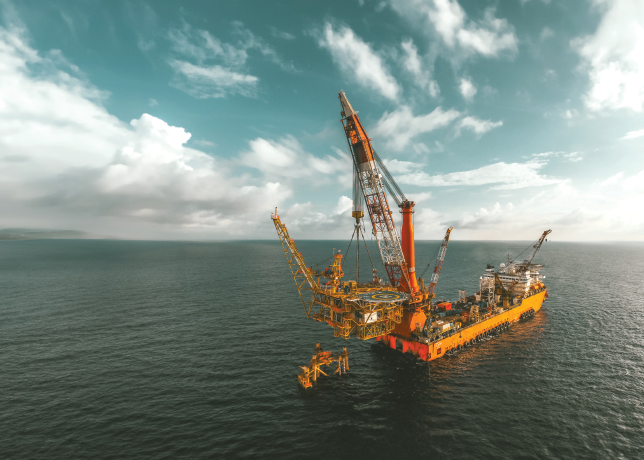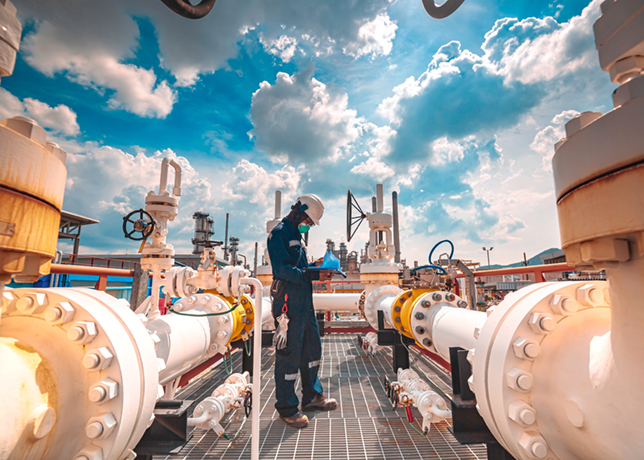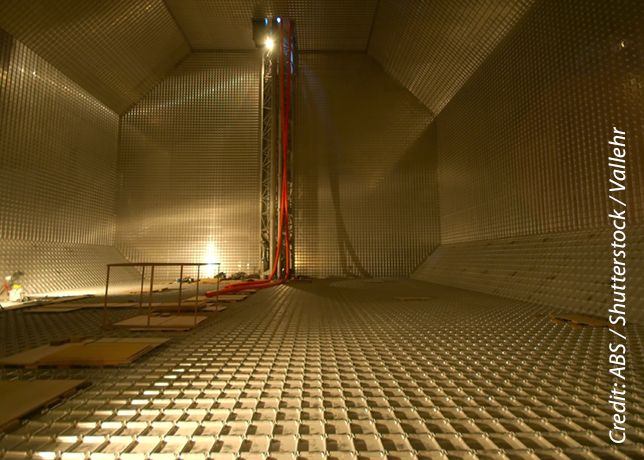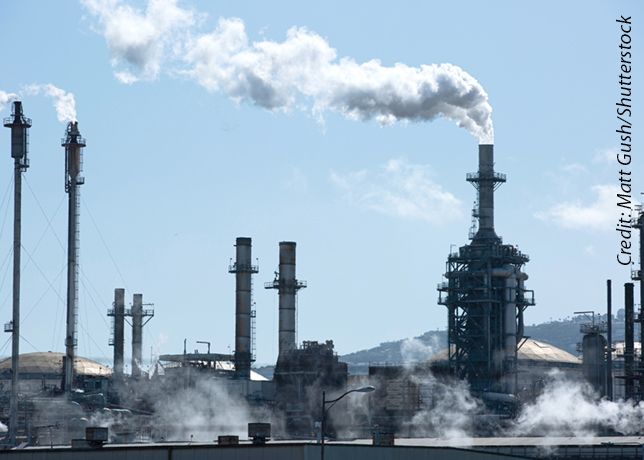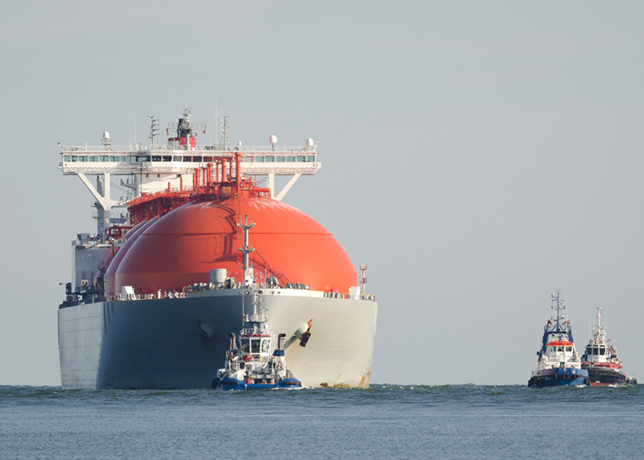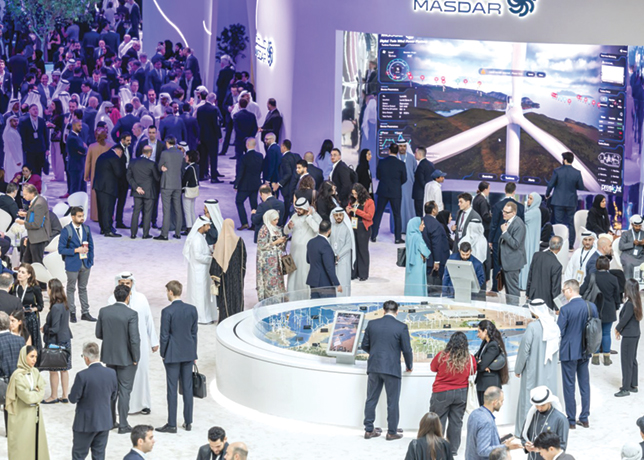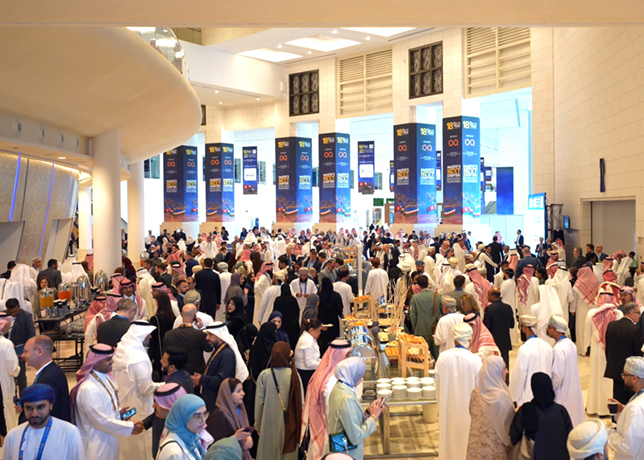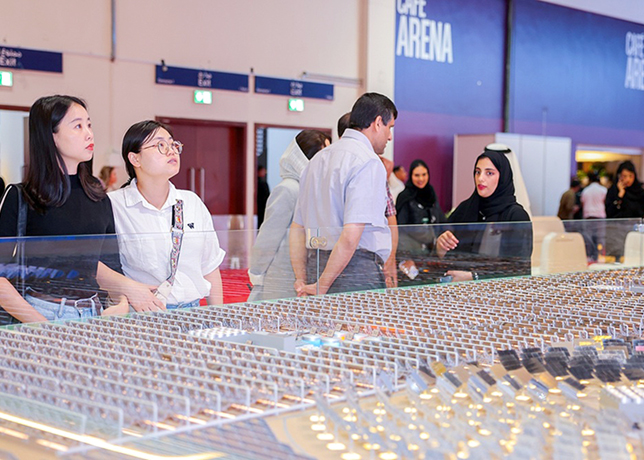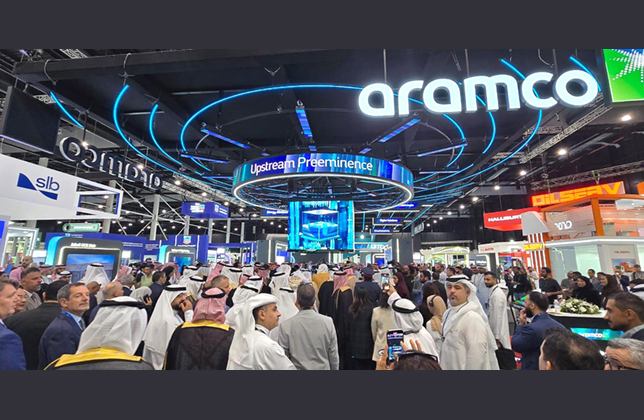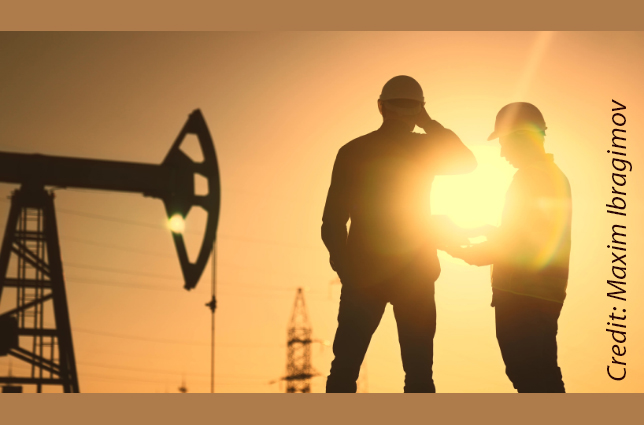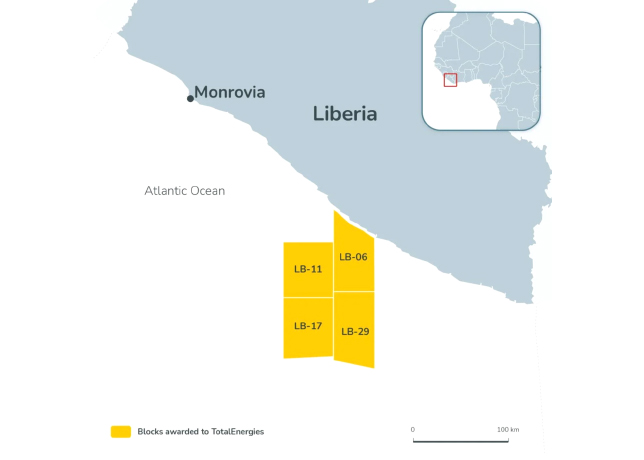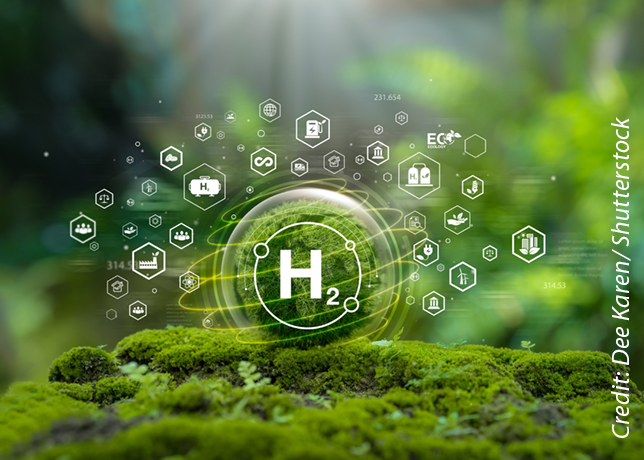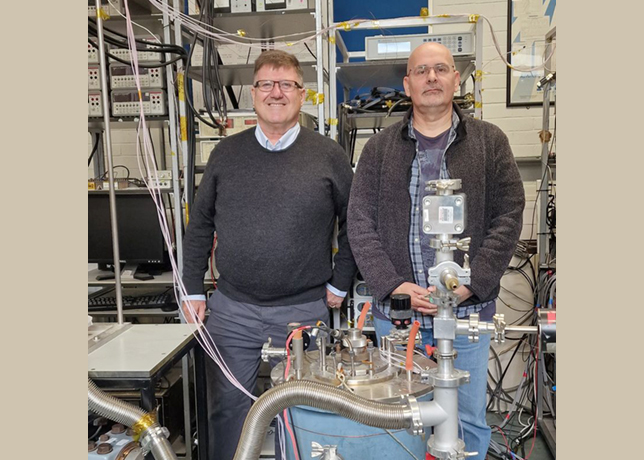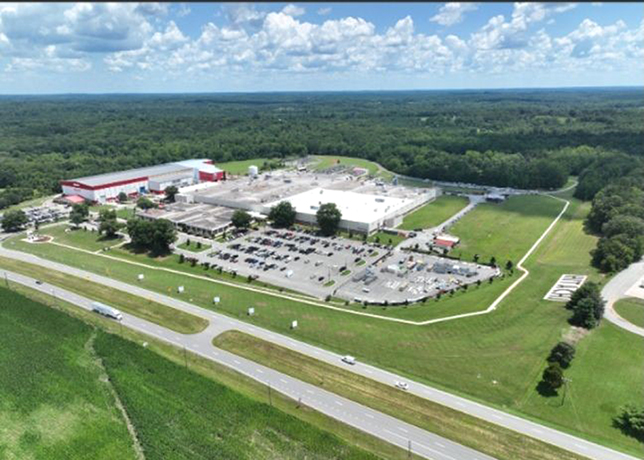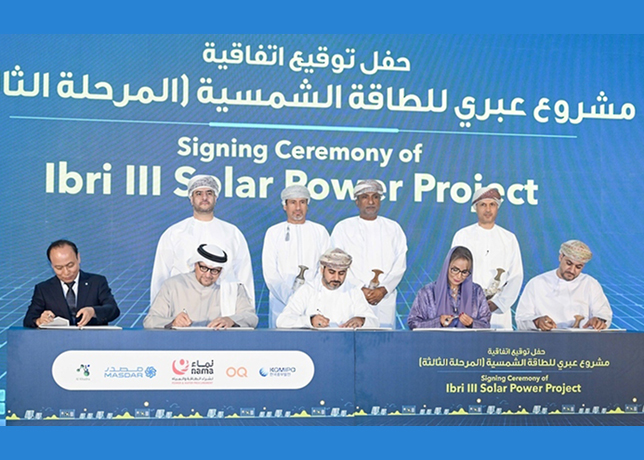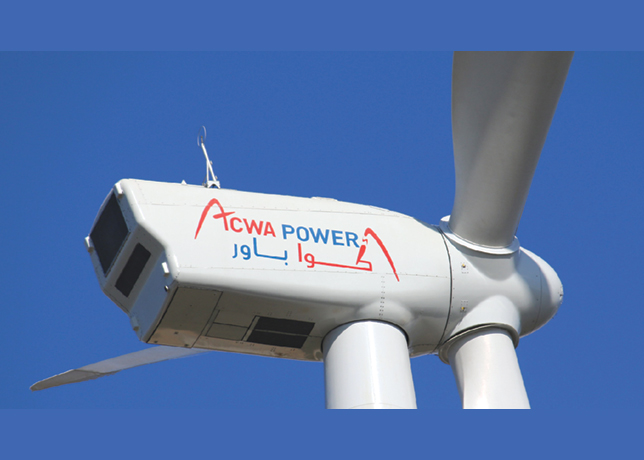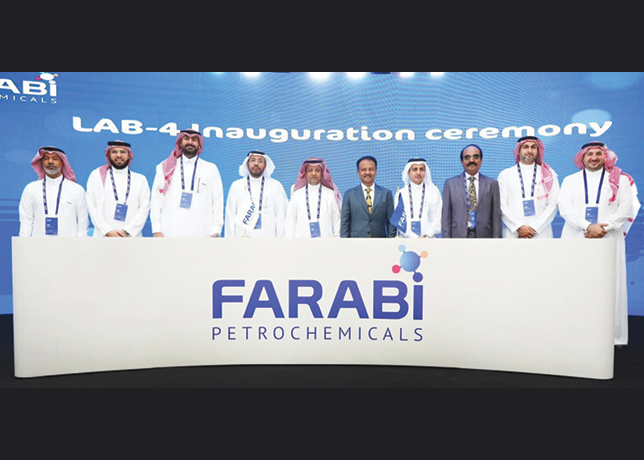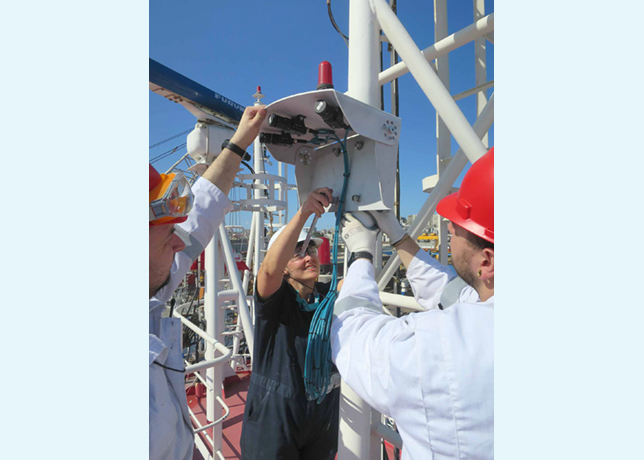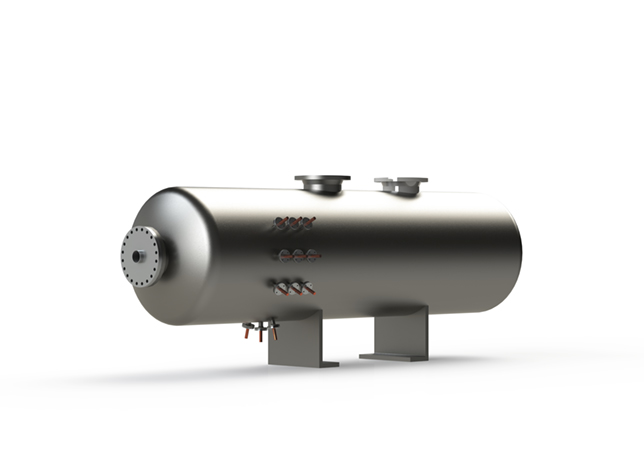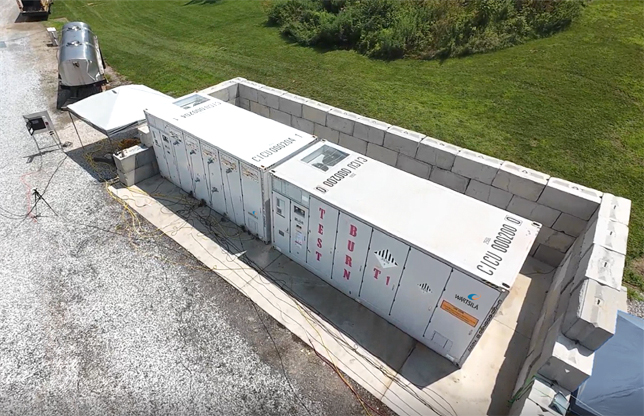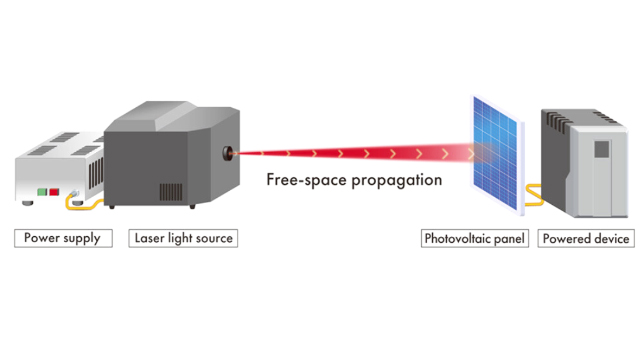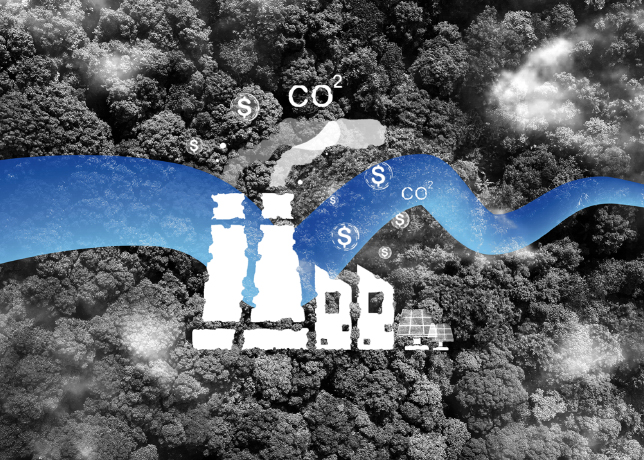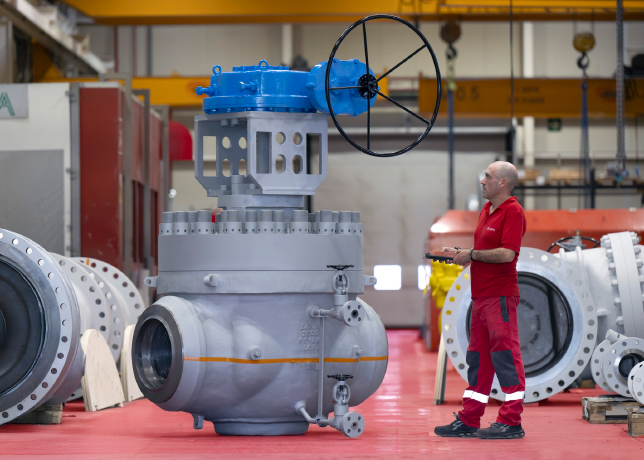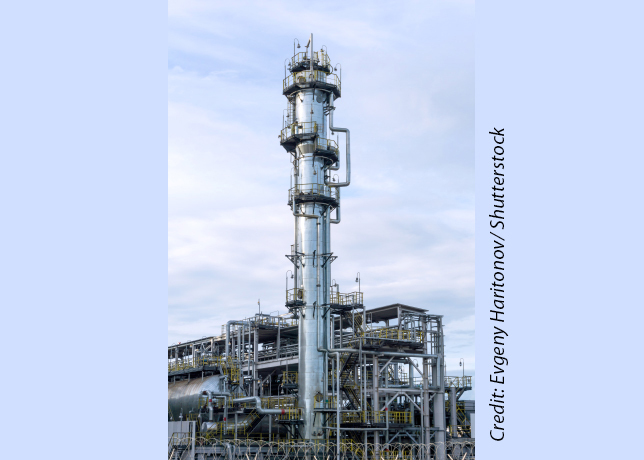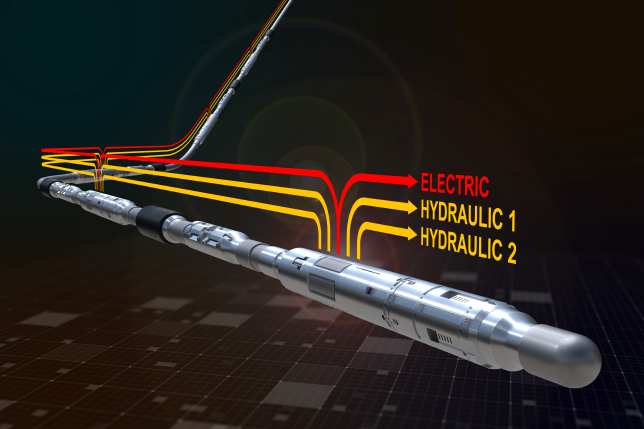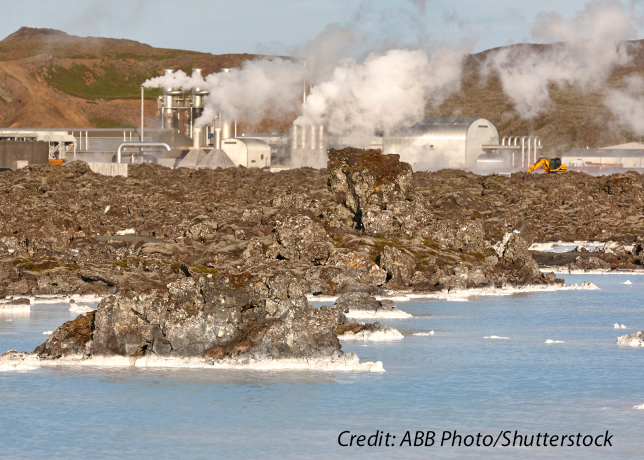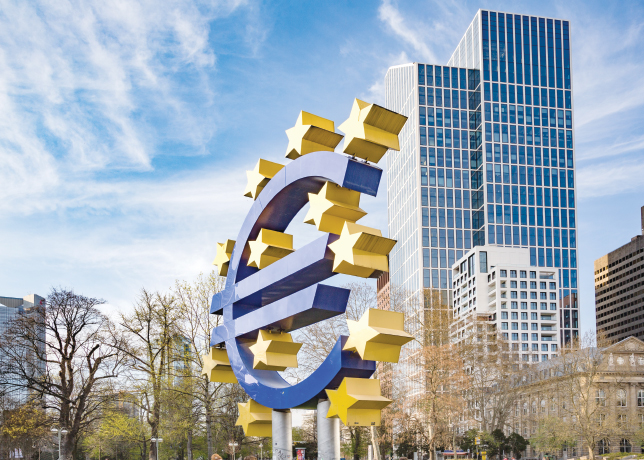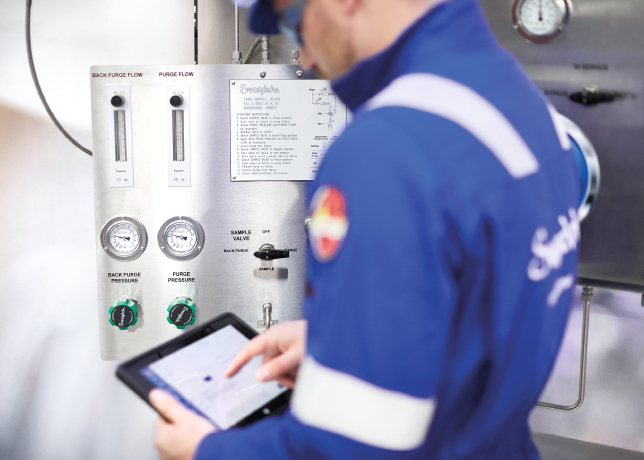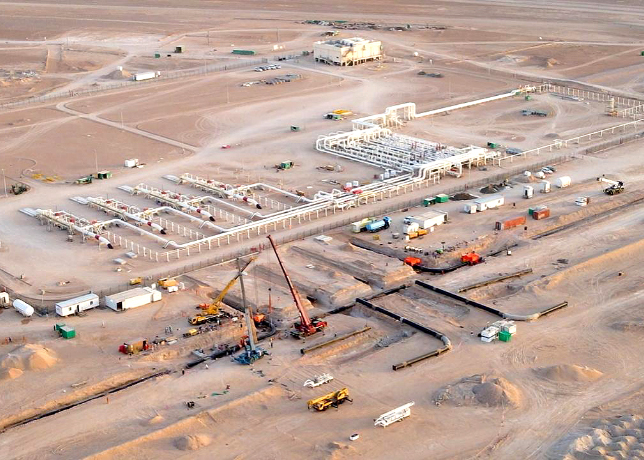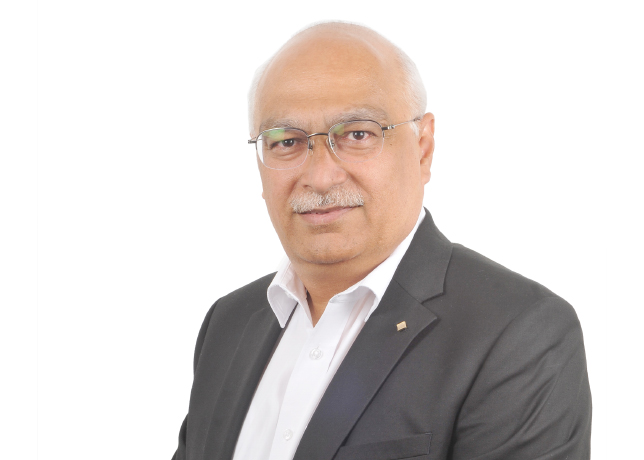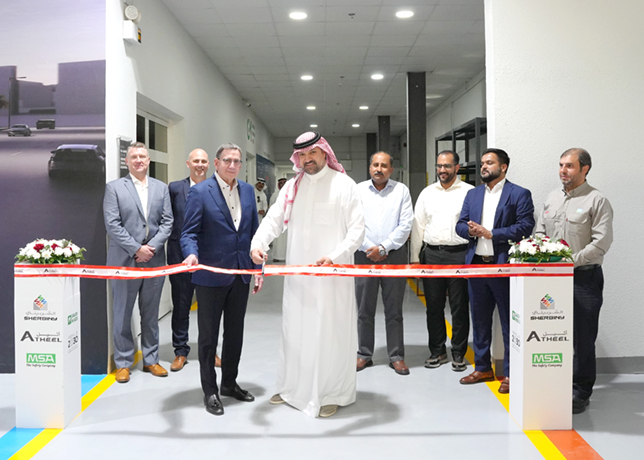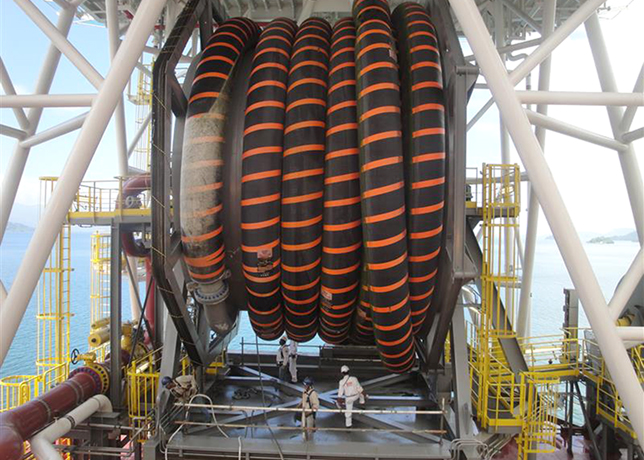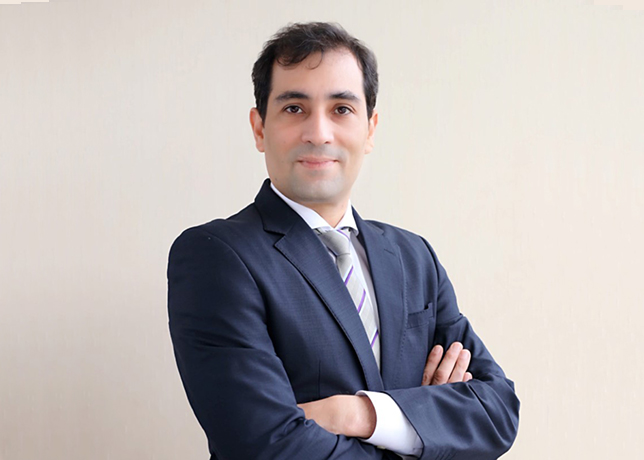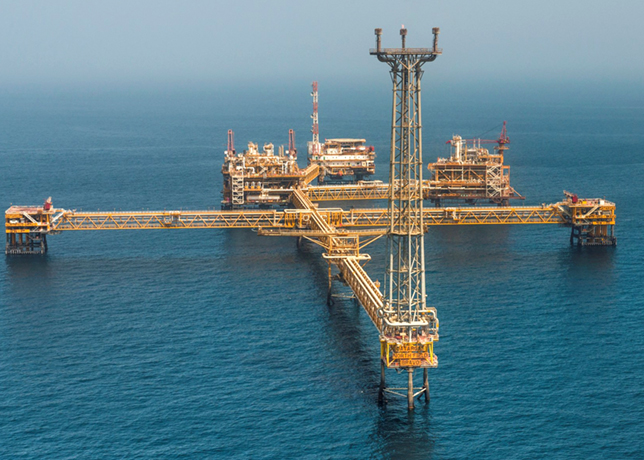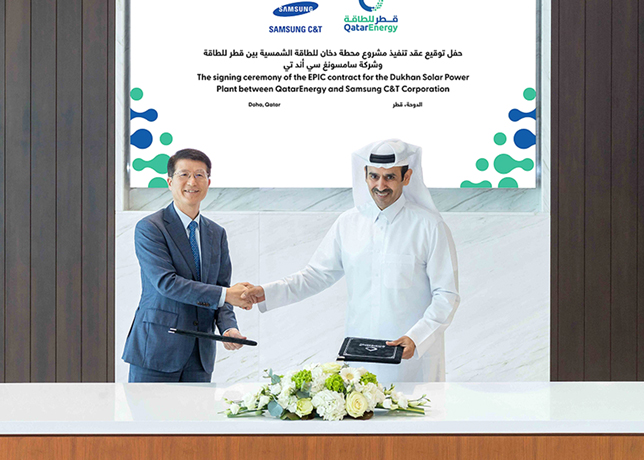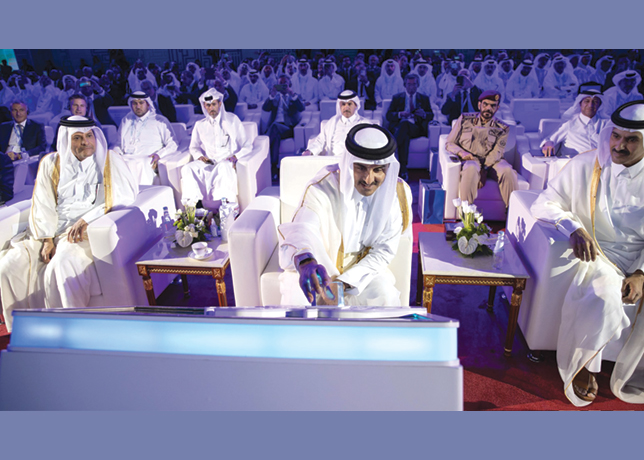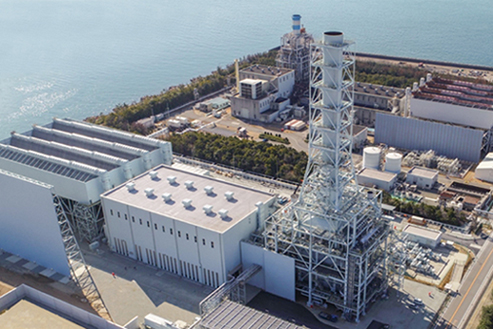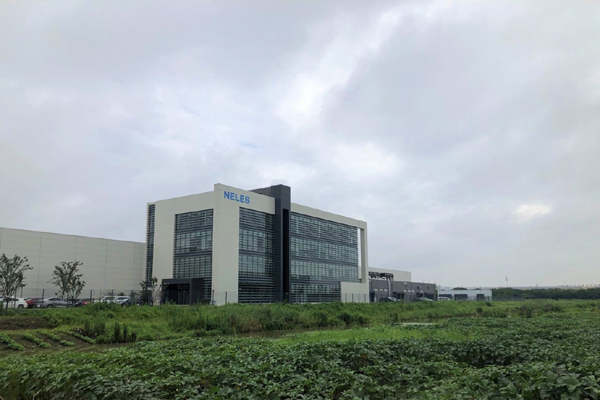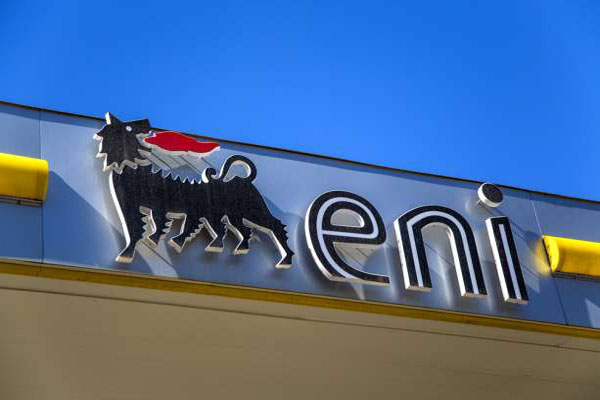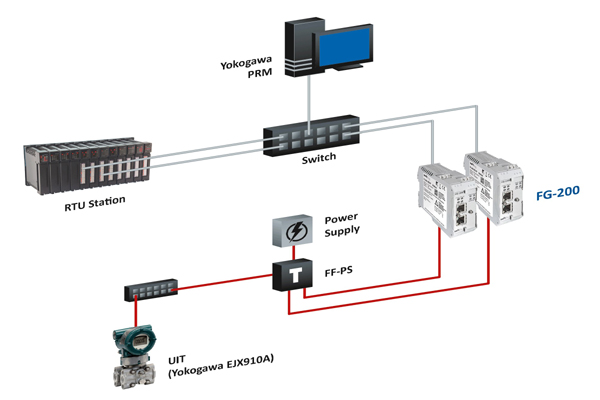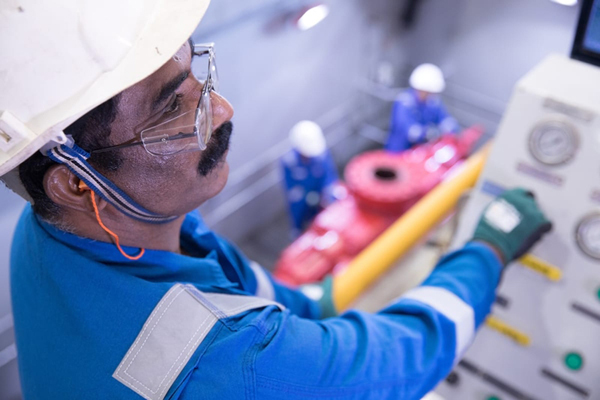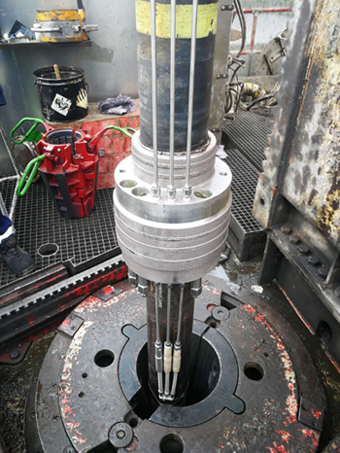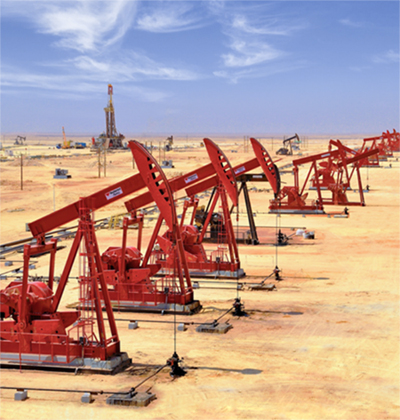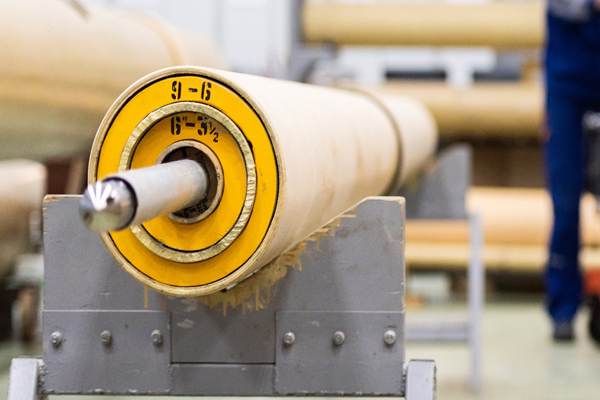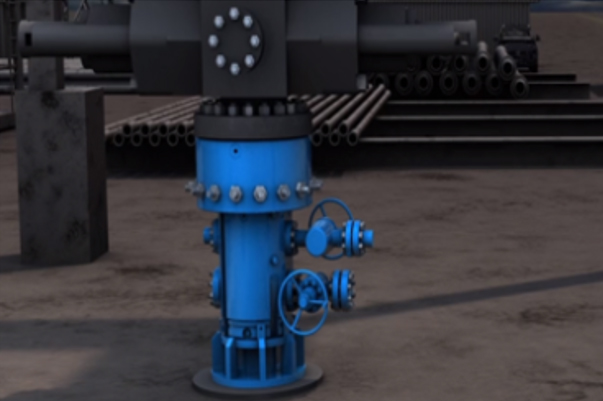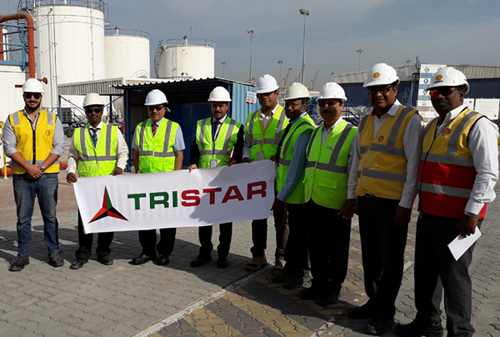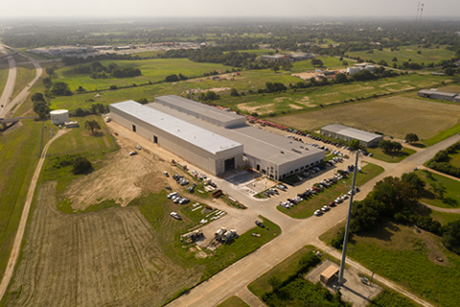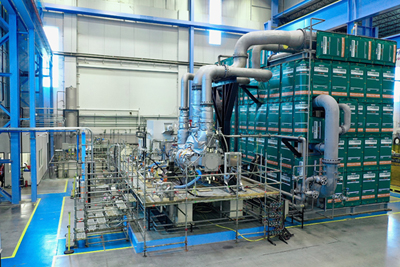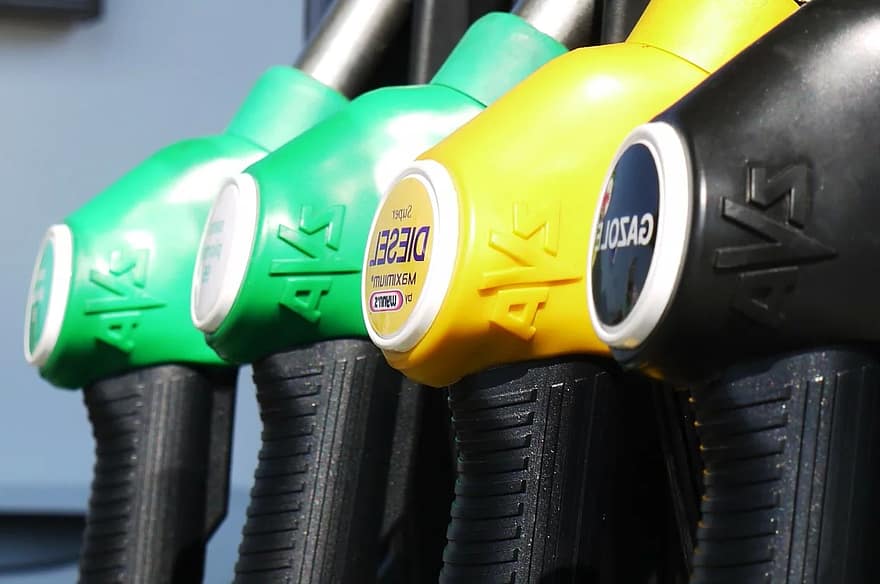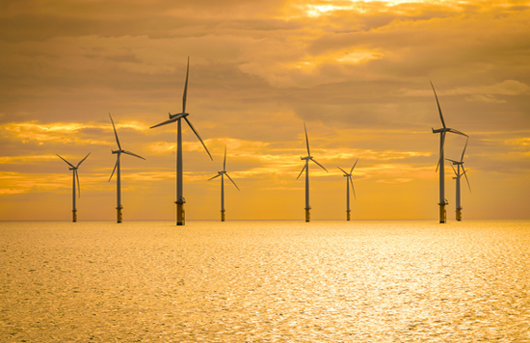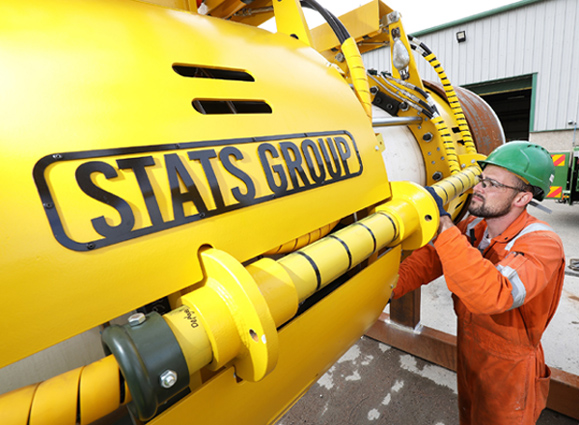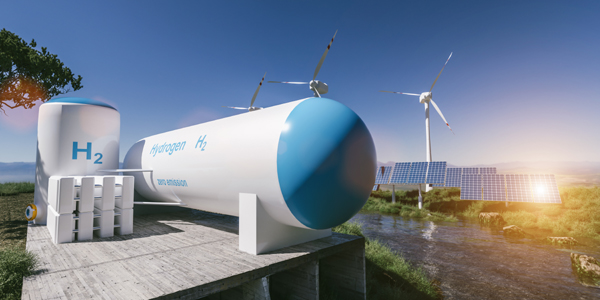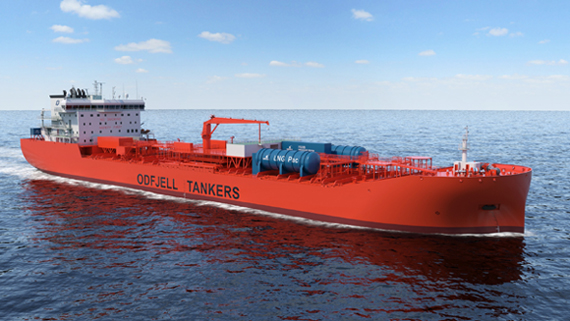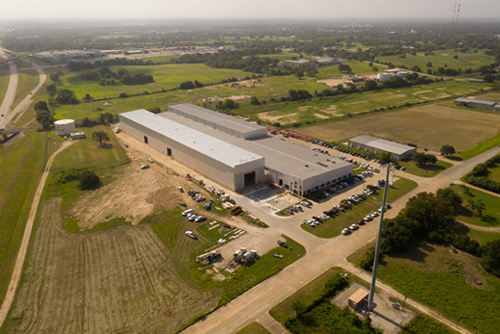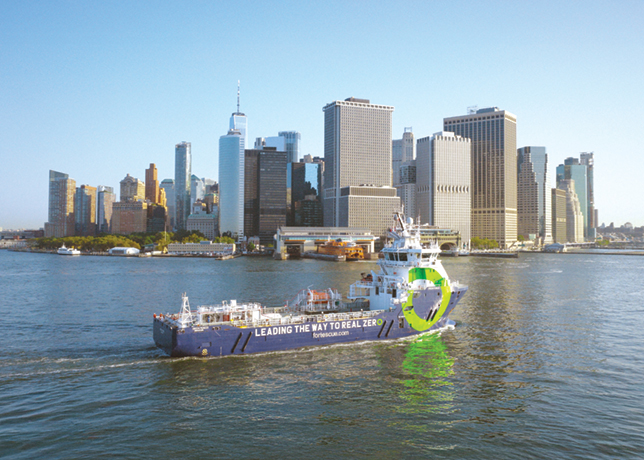
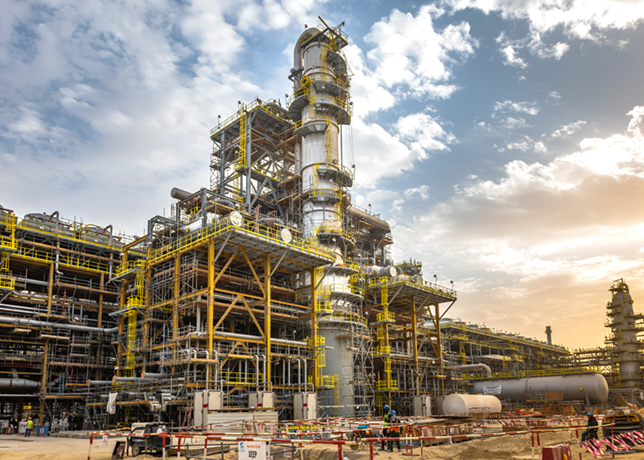 The Fadhili gas plant in Saudi Arabia
The Fadhili gas plant in Saudi Arabia
Natural gas is more than a transitional fuel for the GCC; it is a strategic asset that can simultaneously advance national visions, facilitate sustainability, and optimise returns from hydrocarbon resources
In the Arabian Peninsula, where the world’s largest hydrocarbon reserves lie buried beneath shifting sands, natural gas is evolving from a mere energy staple into a cornerstone of economic reinvention.
The Gulf Cooperation Council (GCC) nations of Bahrain, Kuwait, Oman, Qatar, Saudi Arabia, and the UAE collectively command over 40 trillion cu m of proven natural gas reserves, accounting for roughly 20 per cent of the global total.
This abundance has long fuelled industrial prowess and energy security, yet escalating domestic consumption, export ambitions, and the imperative for diversification now demand a recalibration of how every cubic metre is deployed.
As global markets grapple with tight liquefied natural gas (LNG) supplies and geopolitical flux, GCC leaders face a high-stakes balancing act: Prioritising power needs, nurturing high-value manufacturing, or bolstering export revenues to sustain visionary projects like Neom and Masdar City.
The stakes could not be higher, with the regional natural gas market valued at $45.95 billion in 2025, projected to reach $63.81 billion by 2033 at a 4.6 per cent compound annual growth rate, according to Business Research Insights.
NEED FOR STRATEGY: GAS AS GCC’S ECONOMIC BACKBONE
Natural gas has underpinned the GCC’s economic ascent for decades, transforming arid economies into global powerhouses.
With Qatar holding the region’s largest reserves, worth 24.7 trillion cu m, the bloc’s collective endowment supports domestic energy, industrial expansion, and LNG exports that cement its status as a pivotal player in international energy markets.
In 2023, GCC countries produced 464.2 billion cu m of marketed natural gas, representing 10.8 per cent of the world total and a 1.4 per cent rise from the prior year, per The Arabian Stories News analysis of 2025 data.
This output, bolstered by Saudi Arabia’s 124 billion cu m annually, powers everything from desalination plants to petrochemical giants, generating billions in revenue.
Yet, as domestic demand surges, driven by population growth, urbanisation, and industrialisation, traditional allocation models strain under the weight of competing priorities.
Without strategic oversight, this could squander untapped value, especially as global alignments shift post-conflict and amid economic recalibrations.
Prince Abdulaziz bin Salman, Saudi Arabia’s Energy Minister, emphasised this in April 2025, while announcing 14 new oil and gas discoveries in the Eastern Province and Empty Quarter.
He said: "These breakthroughs underscore our commitment to harnessing our vast resources for sustainable growth and energy security."
Such sentiments echo across the region, where gas is no longer just fuel but a lever for diversification under visions like Saudi Vision 2030 and UAE’s Net Zero 2050.
The IEA’s Gas Market Report for Q1 2025 projects Middle East gas demand to rise 2 per cent this year, accelerating to 3.5 per cent in 2026, with the power and industry sectors leading the charge.
This trajectory demands a pivot from ad-hoc decisions to data-informed strategies, ensuring gas amplifies economic resilience rather than merely meeting immediate needs.
GAS UTILISATION ACROSS THE GCC
The GCC’s natural gas ecosystem is a tapestry of abundance and interdependence, where production varies starkly by nation, fuelling a complex web of domestic uses and exports.
Qatar dominates with 211 billion cu m per year, spearheading global LNG exports while sustaining a robust industrial base, as per 2023 US Energy Information Administration (EIA) figures updated in ADL’s 2025 analysis.
Saudi Arabia follows at 124 billion cu m annually, channelling most into power generation, petrochemicals, and metals, though imports supplement peak demands.
The UAE produces 56 billion cu m yearly but imports LNG to quench industrial and electricity thirst, highlighting vulnerabilities in smaller producers.
Oman balances 54 billion cu m of output between domestic needs and burgeoning Asian LNG exports, while Kuwait and Bahrain—each under 20 billion cu m—rely on imports.
This mosaic powers an interconnected economy: Gas drives power stations and desalination, serves as petrochemical feedstock, and energises metals like aluminium and steel, with exports bolstering fiscal coffers.
Recent data from the IEA’s Global Energy Review 2025 reveals Middle East gas consumption grew 2 per cent in 2024, supported by power and industry, with GCC nations at the forefront.
The dynamics underscore the urgency for optimised allocation, as unchecked domestic growth could erode export edges.
POWERING NATIONAL VISIONS THROUGH GAS
Each GCC nation has articulated ambitious national visions that extend far beyond traditional oil dependency, and natural gas serves as the foundation for these transformative agendas in multiple ways.
Unlike oil, which is primarily exported for revenue generation, natural gas can be strategically allocated for domestic consumption to power industrial diversification.
The petrochemical industry, a cornerstone of economic diversification across the GCC, relies heavily on natural gas as both a feedstock and energy source.
Saudi Arabia has leveraged their gas resources to build world-class petrochemical complexes in Jubail and Yanbu, creating thousands of jobs and establishing new revenue streams independent of crude oil exports.
The manufacturing sector, essential for economic diversification, benefits significantly from reliable and affordable natural gas supplies.
Gas-fired power plants provide the stable electricity supply needed for energy-intensive industries such as aluminium smelting, steel production, and cement manufacturing.
The UAE’s aluminium industry, for instance, has flourished due to abundant gas-powered electricity generation, making the country a global player in this strategic sector.
Furthermore, natural gas supports the development of knowledge-based economies envisioned in national strategies.
Modern data centres, essential for digital transformation initiatives, require enormous amounts of reliable electricity. Gas-fired power generation provides the baseload capacity necessary to support these technological infrastructures while maintaining grid stability.
THE GREEN TRANSITION CATALYST
Contrary to traditional perceptions of fossil fuels as environmental liabilities, natural gas represents the most pragmatic pathway for the GCC region to achieve its ambitious climate commitments while maintaining economic growth.
The region’s leaders have increasingly recognised that environmental sustainability and economic prosperity are not mutually exclusive but rather complementary objectives.
Natural gas burns significantly cleaner than coal or oil, producing approximately 50 per cent fewer carbon dioxide emissions per unit of energy generated.
For GCC countries seeking to reduce their carbon footprints while maintaining robust energy security, natural gas offers an immediate solution.
The transition from oil-fired power generation to gas-fired plants has already begun across the region, with countries like the UAE and Saudi Arabia making substantial investments in gas infrastructure.
The role of natural gas in supporting renewable energy deployment cannot be overstated. Solar and wind power, while increasingly cost-competitive, remain intermittent sources that require backup generation to ensure grid reliability.
Gas-fired power plants can rapidly scale up or down to complement renewable energy output, providing the flexibility necessary for successful renewable integration.
This symbiotic relationship allows GCC countries to accelerate renewable energy deployment while maintaining energy security.
Moreover, natural gas infrastructure investments create pathways for future clean energy technologies.
Pipeline networks built for natural gas can potentially be adapted for hydrogen transportation, supporting the region’s growing interest in becoming global hydrogen exporters.
Several GCC countries have announced hydrogen strategies that envision using natural gas infrastructure as stepping stones toward clean hydrogen economies.
The concept of carbon capture, utilisation, and storage (CCUS) further enhances natural gas’s environmental credentials.
GCC countries, with their geological formations suitable for carbon storage and existing hydrocarbon expertise, are well-positioned to implement CCUS technologies that can make gas-fired power generation nearly carbon-neutral.
Saudi Arabia’s circular carbon economy initiative exemplifies this approach, viewing carbon not as waste but as a valuable resource.
MAXIMISING OIL ASSET VALUE
Perhaps the most sophisticated aspect of natural gas utilisation lies in its ability to maximise returns from existing oil resources. This strategy operates on multiple levels, from direct operational efficiencies to complex market positioning tactics.
At the operational level, natural gas enables enhanced oil recovery techniques that can significantly increase production from existing oil fields.
Gas injection into oil reservoirs maintains pressure and improves extraction rates, effectively extending field life and increasing ultimate recovery.
This approach allows GCC countries to extract maximum value from their oil reserves without requiring new exploration investments.
The displacement effect represents another crucial mechanism. By using natural gas for domestic power generation and industrial applications, GCC countries can export more oil rather than burning it domestically.
This substitution is economically rational given that oil typically commands higher prices in international markets than natural gas.
Countries like Kuwait and Saudi Arabia have implemented gas development programs specifically to free up more oil for export, directly translating into increased government revenues.
From a strategic market perspective, maintaining natural gas production capacity provides crucial flexibility in global energy markets.
During periods of high gas prices, countries can optimise their export mix to capture premium pricing.
Conversely, when oil prices are favourable, gas can be redirected to domestic use to maximise oil exports.
This market flexibility has proven invaluable during recent energy market volatility.
The development of liquefied natural gas (LNG) capabilities further amplifies these benefits.
Qatar’s position as the world’s largest LNG exporter demonstrates how gas can become a premium export commodity that complements rather than competes with oil revenues.
The infrastructure investments required for LNG development also create new industrial capabilities and employment opportunities that support broader economic diversification goals.
Integrating Gas Strategy with Regional Cooperation
The GCC’s collective approach to natural gas development amplifies individual national benefits. Regional gas pipeline networks can optimise resource allocation across borders, ensuring that gas-rich countries like Qatar can support the industrial development of gas-importing neighbours like Bahrain.
This integration strengthens regional energy security while supporting collective economic development goals.
Joint ventures in gas exploration and development reduce individual country risks while sharing expertise and technology.
The shared infrastructure approach also makes large-scale projects more economically viable, enabling investments in advanced technologies like CCUS that might be prohibitively expensive for individual countries.
OUTLOOK
Natural gas represents far more than a transitional fuel for the GCC region; it is a strategic asset that can simultaneously advance national development visions, facilitate environmental sustainability, and optimise returns from hydrocarbon resources.
The successful integration of natural gas into long-term economic strategies requires sophisticated planning that balances domestic utilisation with export opportunities, environmental considerations with economic growth, and individual national interests with regional cooperation.
As the global energy landscape continues evolving, GCC countries that effectively leverage their natural gas resources will find themselves better positioned to achieve their ambitious national visions while contributing to global efforts toward a more sustainable energy future.
The path forward requires continued investment in gas infrastructure, technology development, and regional cooperation, investments that will pay dividends for decades to come.




